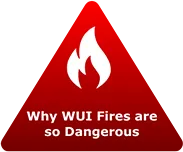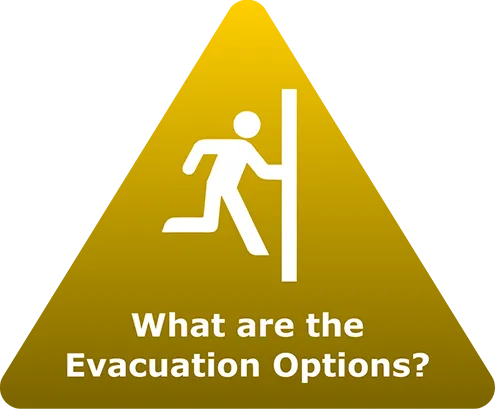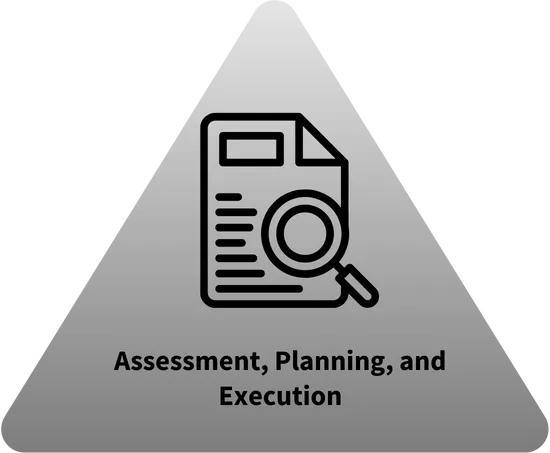
WUI Fire Evacuation and Sheltering Considerations - Assessment Planning and Execution
Account for Uncertainties and Develop Safety Factors
The previous steps establish preliminary boundaries for the ignition zone boundaries as a function of ITA, ITS, and maximum expected fire spread rate. Developing decision support conditions that reflect realistic worst-case scenarios requires high quality inputs for ITA, ITS and 𝐹𝑆𝑚𝑎𝑥. The first two values can be supported through a combination of exercises. The fire spread rate and direction are the most challenging to predict. Regional fire history in similar fuels and topography can be used to bound limits of fire spread rates. In some cases, fire spread direction may be relatively straightforward to predict based on topography and prevailing winds. However, the conditions during the actual event will ultimately drive the fire and determine if the community gets impacted. There is significant value in preparing beforehand, understanding the spatiotemporal relationships between fire ignition/fire spread and decision-making, and developing evacuation options that reduce fire exposure risks to civilians and first responders.
The fast fire spread rates that can occur during high wind wildland/WUI fire events, together with the necessary time to evacuate communities, will determine the bounds of the decision zones. These zones will likely span areas that are many miles away from the community boundaries. Care should be taken so that 𝐹𝑆𝑚𝑎𝑥 is not underestimated and to provide realistic estimates for the time required for community evacuation, accounting for scenarios such as a nighttime evacuation or other adverse conditions that could extend evacuation times. Ongoing roadway construction or other temporary closures of egress arteries should be addressed in the development of the evacuation plans, either directly or in the form of a safety factor in the ITS value. This is particularly true for small to medium size communities with limited egress routes. For example, if a community only has six egress lanes and construction has closed two of the six, the impact of that reduction will be very significant. The evacuation plan should contain provisions for revisions and adjustments based on changing egress route conditions.



